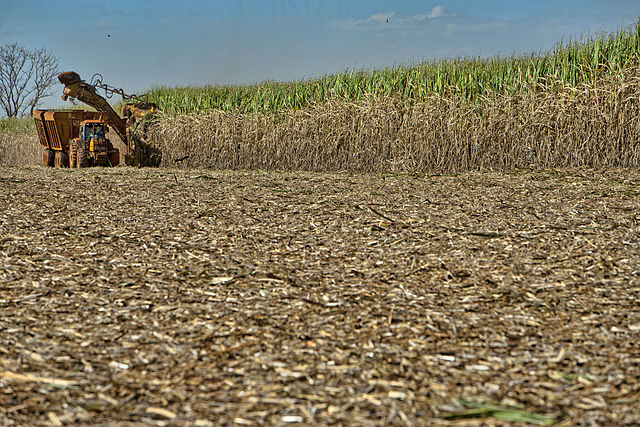Global sugar prices have finished mixed after recent lows, following reports of downward cane harvest in late October in southern Brazil.
Sugar #11 or unrefined type traded 0.61% up day-on-day in New York’s futures on November 13, 2024. This is even as sugar #5, the code for white sugar, moved downward on the same day by -1.38%.
Raw cane sugar primarily rallied due to the latest low production report by UNICA, the national sugar producers’ association.
Brazil’s center-south sugarcane belt apparently reaped 1.785 million tonnes of cane in the latter half of October, a -24.3% yearly downturn. However, the total harvest in all of October 2024 was actually higher by 0.3% than that of October 2023.
Taking these two production differences in mind, it is no surprise then that one type of sugar finishes strongly while the other falls. Either way, low production indicates shortage with a consequential price rebound while extra production forecloses oversupply, hence low prices.
Yearlong Production Up
From a yearly perspective, however, there are positive reports of upward production in Brazil’s largest cane belt.
Indeed, strong production in Brazil was in the minds of many around October 25, 2024, when key sugar futures fell.
UNICA had at the time remarked impressive production in the central-south region in the first half of October to 2.443 million tonnes. This marked an 8% improvement over a similar first-half of October in 2023.
Between January and October 15, 2024, the 2024-25 Brazilian season had already surpassed the 2023-24 season in output by 1.9%. It eventually settled at a cumulative 35.591 million tonnes.
India’s Expectant Harvest
On top of this early indicator of a successful Brazilian harvest, India, the second biggest producer of sugarcane expects a strong harvest.
Hopes weigh on a favorable monsoon, which by September 30 had brought 934.8 millimeters of rainfall, 7.6% above average.
If the two nations’ harvests end up strongly, they will definitely lead to a bearish take on cane product prices.
For now, all eyes are in the slight rally of prices following the comparatively low harvest in Brazil, end October. And as the following data indicates, the south American nation is a sizeable market force by itself.
Brazil Sugar Statistics
Brazil is the world’s leader in both sugarcane and sugar production. According to FAOSTAT, the 2022 market year brought Brazil’s sugarcane harvest to 724,428,135 tonnes, a little better than 2021’s 715,679,276 tonnes. Likewise in sugar rankings, the 2023-24 season saw Brazil process 45,540,000 tonnes, far outstripping runner-up India’s 34,000,000 tonnes. Owing to this largesse, Brazil accounts for about 23% and 49% in global sugar production and exports, respectively.
How large is Brazil’s sugarcane area?
As sugarcane is the main source of Brazil’s sweeteners, the crop’s acreage is extensive, especially in the Central-South area. In 2021, there were 9,971,370 hectares of sugarcane, which reduced slightly in 2022 to 9,870,590 hectares.
How high is sugar consumption per capita in Brazil?
With production so high, Brazilians love their beverages sweet and hence boast a substantial consumption per capita. In 2019, Brazil had a sugar consumption rate of 39.2 kg per person per year, a top 20 rate globally.
How long is sugar history in Brazil?
Sugar processing in Brazil is as old as the introduction of sugarcane here in the 1530s by the Portuguese. From the 1550s onward, the industry became the most prestigious measure of wealth in the country’s colonial era.
